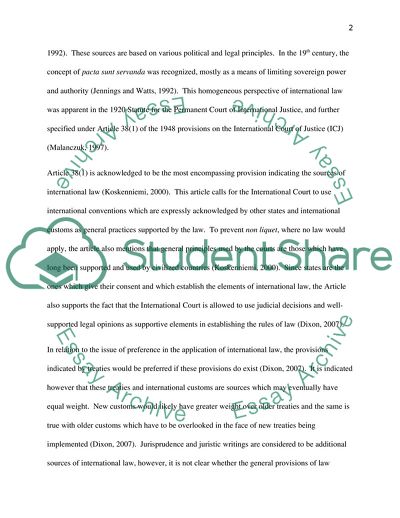Cite this document
(Main Sources of International Law Essay Example | Topics and Well Written Essays - 2250 words - 1, n.d.)
Main Sources of International Law Essay Example | Topics and Well Written Essays - 2250 words - 1. https://studentshare.org/law/1793710-international-law
Main Sources of International Law Essay Example | Topics and Well Written Essays - 2250 words - 1. https://studentshare.org/law/1793710-international-law
(Main Sources of International Law Essay Example | Topics and Well Written Essays - 2250 Words - 1)
Main Sources of International Law Essay Example | Topics and Well Written Essays - 2250 Words - 1. https://studentshare.org/law/1793710-international-law.
Main Sources of International Law Essay Example | Topics and Well Written Essays - 2250 Words - 1. https://studentshare.org/law/1793710-international-law.
“Main Sources of International Law Essay Example | Topics and Well Written Essays - 2250 Words - 1”. https://studentshare.org/law/1793710-international-law.


